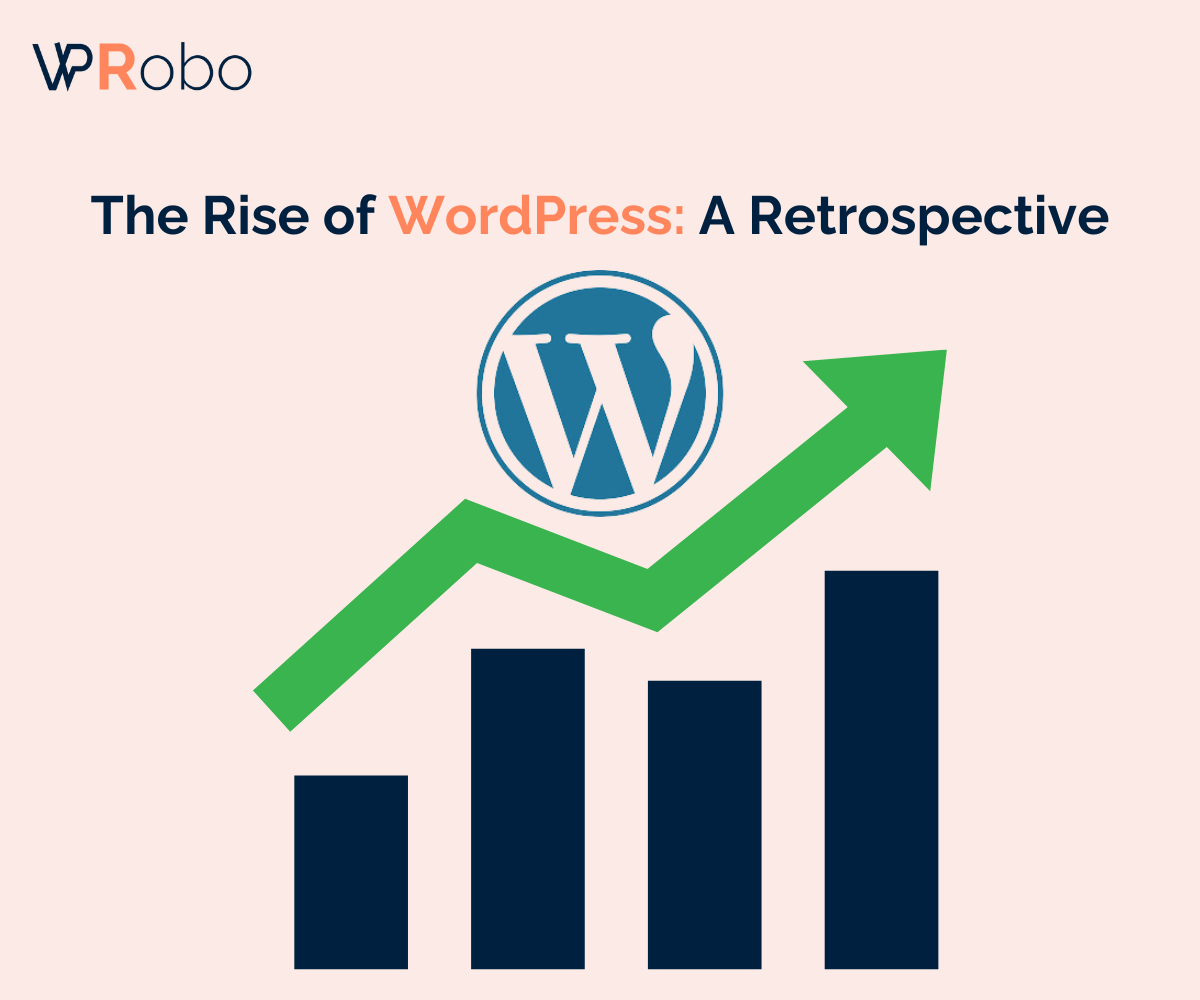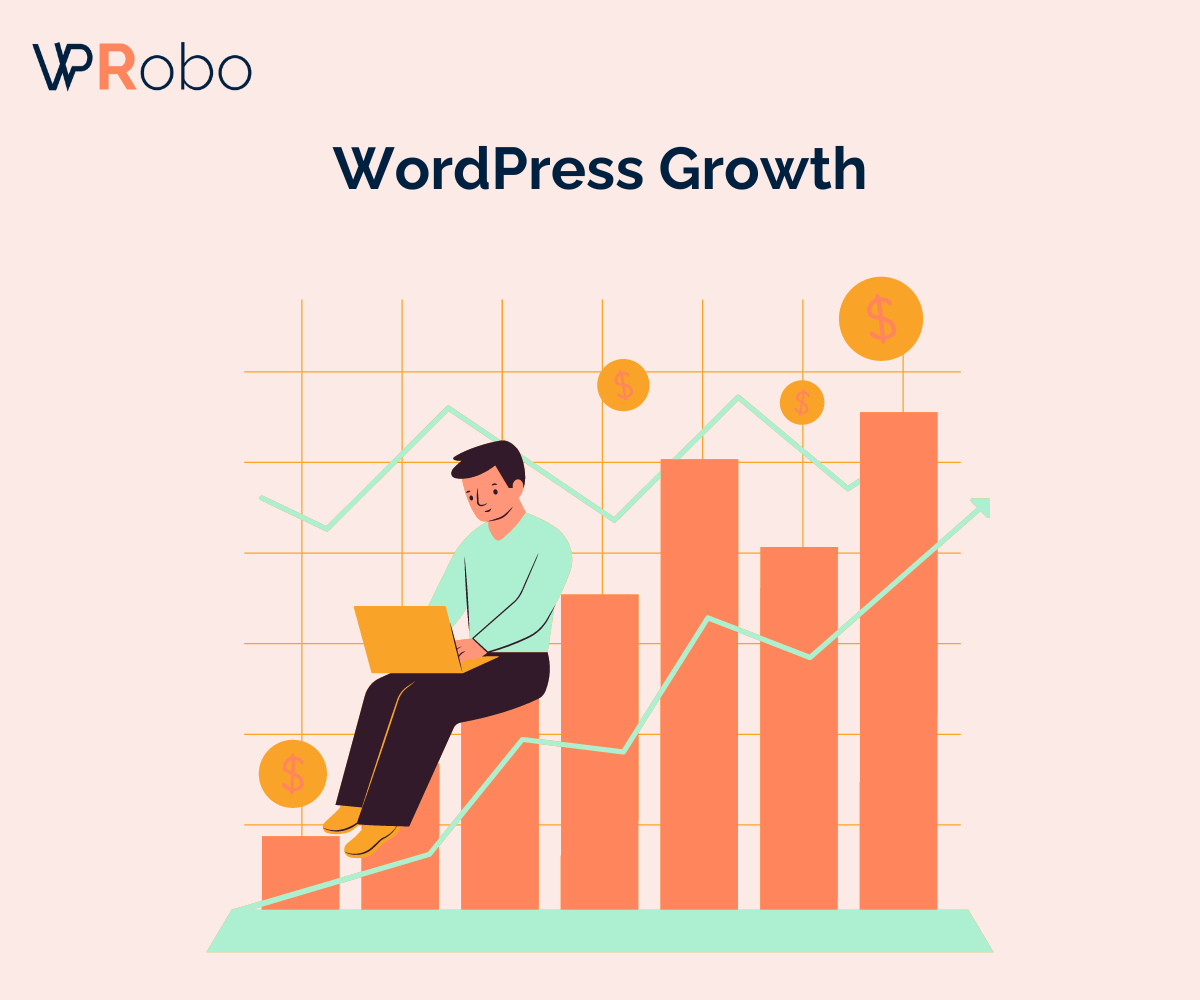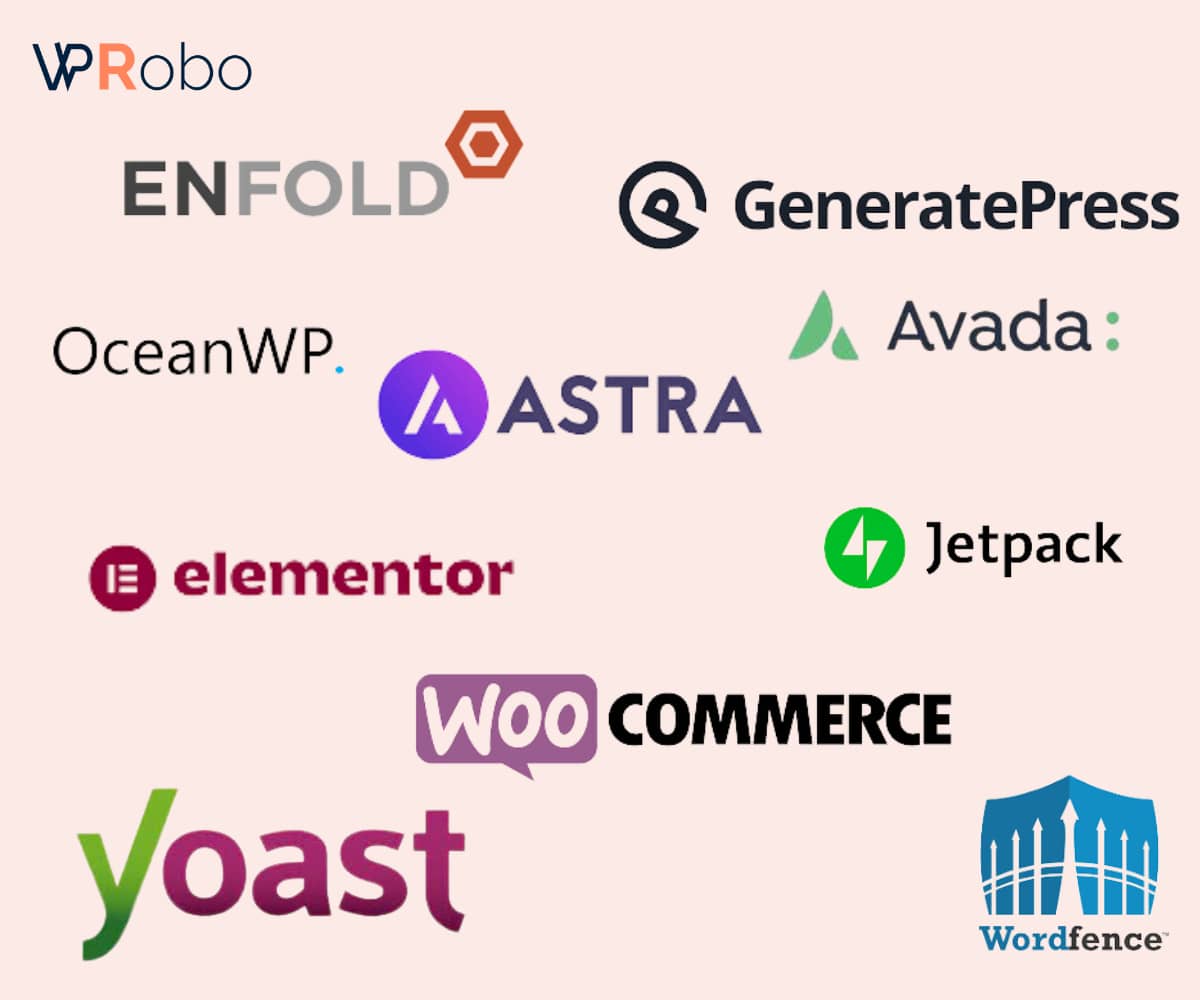Introduction: The Humble Beginnings
In 2003, amidst the nascent age of blogging, two enthusiasts, Matt Mullenweg and Mike Little, launched WordPress as a fork of an existing project called b2/cafelog. The primary aim? To enhance the typography of everyday writing. Little did they know, their brainchild would come to dominate the digital realm.
Evolving into a Global Phenomenon:
The exponential rise of WordPress wasn’t accidental. Its user-friendly interface coupled with unparalleled versatility made it the top choice for many digital enthusiasts. From personal blogs to news outlets and from portfolios to e-commerce, WordPress catered to all.
The Age of Themes and Plugins:
Flexibility: WordPress's Prime Asset:
One of the cornerstones of WordPress’s success is its flexibility. Catering to novices and developers alike, it ensured that anyone could craft their digital presence without barriers. With its plethora of plugins, integrations, and customizations, WordPress emerged as the canvas for digital dreams.
If you’re eager to explore the importance of Custom Themes & Plugins and delve into WPRobo’s comprehensive offerings, make sure to check out this enlightening article: “The Significance of Custom Themes & Plugins: Diving Deep into WPRobo’s Offerings.“
Open Source: The Pillar of Growth:
Being open source is arguably the most pivotal element in WordPress’s rise. With a global community of contributors, it constantly evolved, adapting to new digital trends and user needs. This collaborative spirit ensured that WordPress remained not just relevant, but ahead of the curve.
The Present and Future: Gutenberg and Beyond:
Introduced in 2018, the Gutenberg block editor marked a new era for WordPress. With a more intuitive interface, it offered users an even richer experience. As WordPress continues its journey, it is clear that innovation remains at its heart. The future promises advancements in artificial intelligence, augmented reality integrations, and even greater ease of use, solidifying WordPress’s reign in the digital world.
Conclusion:
From its inception as a simple blogging tool to its stature as the world’s leading CMS, the trajectory of WordPress is a testament to its adaptability, community-driven ethos, and vision. As we retrospect, the rise of WordPress isn’t just a technological saga but a chronicle of democratizing the web.







1 Comment